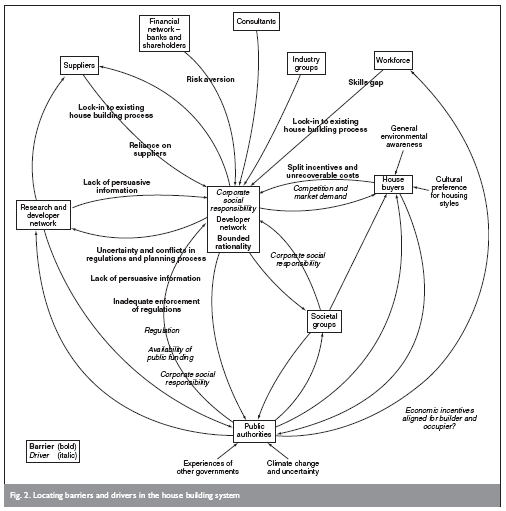Cardboard boxes
To me, the cliché image for recession and redundancies is the person in a suit leaving the office with a cardboard box of belongings. Often, this person is being escorted by a security guard.
I said to my workmates, ‘You know to start worrying when a pallet of empty cardboard boxes shows up at the office.’
‘Especially if one of them has your name on it!’ Jessen added.
Escorted off the premises
Jessen continued. ‘Speaking of being escorted off the premises, a friend of a friend working in finance was approached by rival company. He was being head hunted because he had lots of great clients and contacts. Well, my friend’s friend accepted the offer and a month before he was to start at the new place, he told his boss that he was changing to the other company. Within minutes, the security guards had arrived and others were confiscating his laptop and files. And the headhunted guy was like, “Hey guys, that’s not going to help you. I’ve been copying files for weeks. Why do you think I was working from home all the time?” ‘
The signs
Jessen has another friend (let’s call her Gemma) who worked in banking. One day, Gemma heard the phone in the next workstation ringing. Her colleague picked up the phone, listened, put it down, then went into a nearby meeting room. Minutes later, he came back to his desk and started packing.
Then the phone rang for the colleague who sat in front of Gemma. The colleague picked up the phone, listened, put it down, went into the meeting room, came back and started packing.
By the time Gemma’s phone started ringing, she was already halfway through her own packing.
Pop idol style
One of our secretaries, Tanya, described what happened during the last wave of redundancies. They got all the secretaries together for an ‘away day’. Away days are usually for team bonding. This time, though, they separated the secretaries into two groups. To Tanya’s group, they basically said, ‘You won’t be seeing the people in the other group anymore.’
Redundancy Day
A friend told me what happened last year at one of our competitor consultancies. The staff were all told that a particular Monday coming up would be ‘Redundancy Day’. Arriving at work, each person found a white envelope on their desk. The letter in the envelope told them that they were either safe or dismissed. Those dismissed had to leave the same day. Of course, even those who were safe could not do any work that day while their team mates and friends were packing their desks.
False pretences
Another story I heard involved everyone being invited to a keynote presentation. When they were all gathered for the presentation, the person on stage sheepishly began, ‘Actually, this isn’t a presentation. We’re making redundancies and you’re here so that we can notify people all at once.’
Roll call
Last week at a manufacturing company, everyone was called to a meeting. Management then started reading out the names of 170 people who were being made redundant. Those who had lost their jobs had to leave in half an hour — no time to say goodbye to friends. In a manufacturing environment, you don’t want to risk having angry people sabotaging equipment. Understandable, but how very sad.
It could be worse
Devastating as redundancy is, it could be worse. One of our client contacts in the Middle East has been put in jail, accused of corruption by his own bosses. He’s been locked up for six weeks now. I’ve never met him but those who have worked with him say that he’s an honest bloke who is the unfortunate scapegoat for his company’s current dire financial situation.
Poor man. Let’s all count our blessings.

